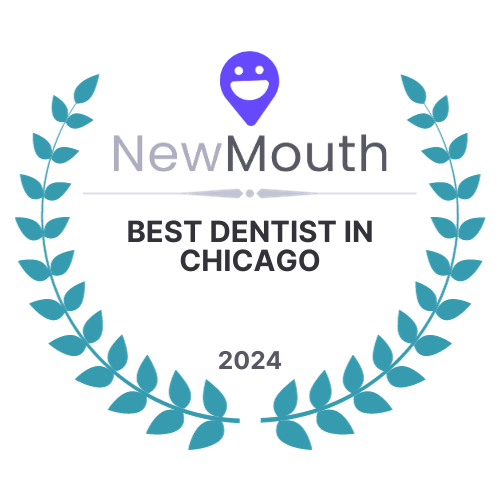How Cone Beam Technology Works and What it Can Do for You
5 Signs You May Have Obstructive Sleep Apnea and What You Can Do About It Our Year in Review
We wouldn’t be us if we didn’t have a new piece of technology that we were SUPER excited to share with our patients. Today it is a new way of taking comprehensive radiographs to help us diagnose and treat, known as a Cone Beam Computerized Tomography (CBCT) machine. Taking the place of our more traditional panoramic x-ray machine, it gives us that full image and so much more. Let’s look into what exactly this technology is and what it means for our office and patients!
What is CBCT?
A CBCT machine is a 3D imaging system that captures data by rotating around the patient and taking images using a cone beam shaped x-ray. It captures hundreds of images, or “slices,” in as little as 17 seconds, and then reconstructs these to form a 3D representation of the patient’s head, neck and oral cavity. The radiation level from a dental CBCT scan is very low, and significantly lower than its medical CT counterpart. It ranges from 70-128 microsieverts - basically equivalent to a roundtrip flight between New York and L.A. or normal radiation from walking around Chicago for 2 weeks. See our x-rays page for more information and context on radiation in dental imaging.
History of CBCT
The first type of CT scanner dates back to 1972 in England, when the “EMI Scanner” was able to make tomographic sections of the brain. Whole body CT scanners followed in 1976, those these machines took hours to acquire a single “slice” of data and days to reconstruct an image. The 80s saw the development of spiral and helical scanning, as well as “multi-slice” scanners, and CBCT technology was first introduced in 1997. Scientific development has been relatively constant in the field since then, and today’s scanners are incomparable in terms of scan time, low radiation level and high resolution.
Uses of CBCT in Dentistry
The volume of data we get from this technology allows for a wealth of possibilities in terms of diagnosis and treatment. Some of the uses we’re most excited about:
- Diagnosis of infection/source of discomfort- 2D images, while they can show the trained professional a lot, come with several limitations when diagnosing dental conditions. These images, by their nature, will suffer from some degree of distortion, superimposition and misrepresentation of the different structures of the oral cavity. 3D imaging allows for an exponentially more accurate representation of the head, mouth and teeth, making diagnosing things like a fractured tooth, root canal infection, obscure dental decay, or hard tissue abnormalities much easier.
- Implant Placement- this imaging method is crucial in the placement of dental implants. It allows our dentist to assess viability of the surrounding anatomical structures, determine bone density and create surgical guides that will tell us exactly where the implant needs to go. This will pave the way for our office to start placing implants on site - look out for more on that soon!
- Sleep Apnea Treatment- as we discussed in last month’s blog, a staggering percent of the population suffers from some level of sleep apnea. CBCT imaging will allow our dentists to assess not only the mouth and jaw but all the different parts of our patients’ airways. Through this we can identify potential concerns of indications of disorder and help refer our patients to the right avenues for further diagnosis and treatment.
Decision to add CBCT to Strobel Dentistry
Strobel Dentistry strives to provide exceptional service in a compassionate environment. As part of that mission, our doctors tend to err on the side of conservative treatment, wanting to be 100% sure of their diagnosis before moving forward with definitive treatment. We have found that we have been referring more and more patients to other specialist offices for CBCT scans for definitive diagnosis. This demands additional time and cost to our patients. In the interest of improving our diagnostic capabilities, and moving further into the areas of dental implants and sleep apnea, we decided to make the investment in this technology. We look forward to implementing this technology responsibly and effectively into our growing practice.
